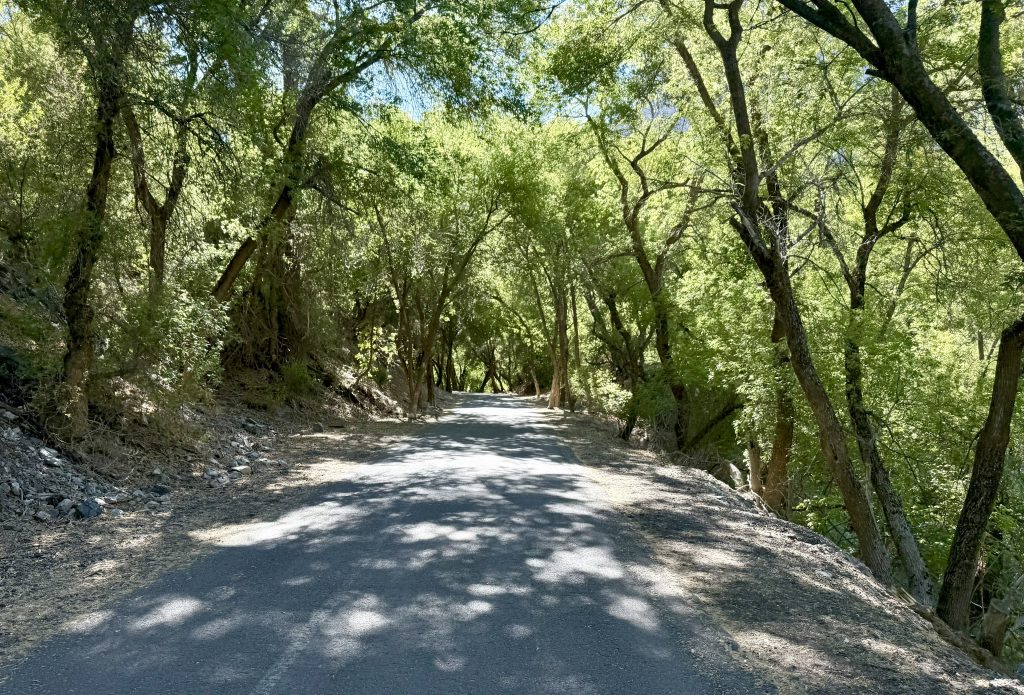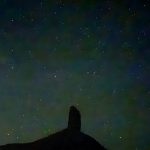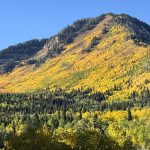
Step from sunlight into shade on a summer day, and your body knows the difference before your mind can name it. The air cools. Colors mute. Edges soften. You breathe more deeply.
Shade feels so cool—but how much cooler is it, really? On a hot, dry day, it can be 15 to 25 degrees cooler in the shade. That’s not opinion. That’s thermodynamics. Sunlit surfaces can climb past 140°F, while just feet away, shaded ground hovers closer to 90. Your skin registers the change immediately. Step into shade, and the heat stops radiating from every direction. Relief arrives in seconds.
But the thing about shade is this: it’s not the absence of light. It’s the byproduct of it. You don’t get shade without something standing in the way. In this case, light makes darkness.
And not all darkness is the same.
There’s the darkness of caves—where light has never entered. The darkness of fear, cruelty, confusion. The kind we try to banish.
Shade is something else. A gentler dark. Not made of void, but of radiance interrupted. Without light, there’d be no shadow at all. Shade is not the opposite of light—it’s born of it.
On Tuesday afternoon, we walked a canyon trail, passing from an archway of trees into open sun. One moment, we were shaded, cool, and unbothered. The next, it felt like someone had opened an oven door. I looked down to check if I was wearing all black. The heat was that abrupt. We walked faster—not from urgency, but instinct. Drawn to the next stretch of shade like desert animals seeking cover. And when we stepped back under the trees, it was like exhaling.
That kind of contrast stays with you. It makes you wonder what else we endure without noticing—until the shadow reminds us what we were missing.
It’s true that not all light is kind. Glare blinds. Screens steal sleep. Constant exposure—always being “on”—can wear us out. Light, unfiltered, can flatten everything in its path. And in that way, the darkness of shade becomes a mercy. A break. A boundary.
In the wild, shade is survival. Deer bed down on the north side of ridges. Birds tuck into the inner branches. Even the soil beneath trees holds more moisture, more microbial life, more potential. Shade protects what would otherwise be scorched.
And maybe that’s true for us. Not everything grows in full sun. Some of us are “north side” plants, better suited to quiet corners and low light. Think of brainstorming with your door closed or switching on noise-cancellation mode. Some healing waits for the hush. Some truths sit away from the fray, waiting until we’re quiet enough to hear.
Maybe that’s why sacred places—chapels, cathedrals, groves—are often dim. Not because they hide something, but because they hold it. Shade invites reverence. It softens what would otherwise glare too brightly to bear.
There’s ancient wisdom in this. Desert homes and temples were built with deep recesses and generous eaves. People understood what we often forget: shade doesn’t weaken a structure. It makes it livable.
An umbrella at the beach. A canopy at your kid’s soccer game. Shade makes the wide open bearable.
So maybe we don’t need to fear every shadow. Maybe we don’t need to chase light at all costs. Not if the light is what gives us shade in the first place.
Light may reveal.
But shade receives.
And in the heat of it all, that may be just what we need.





